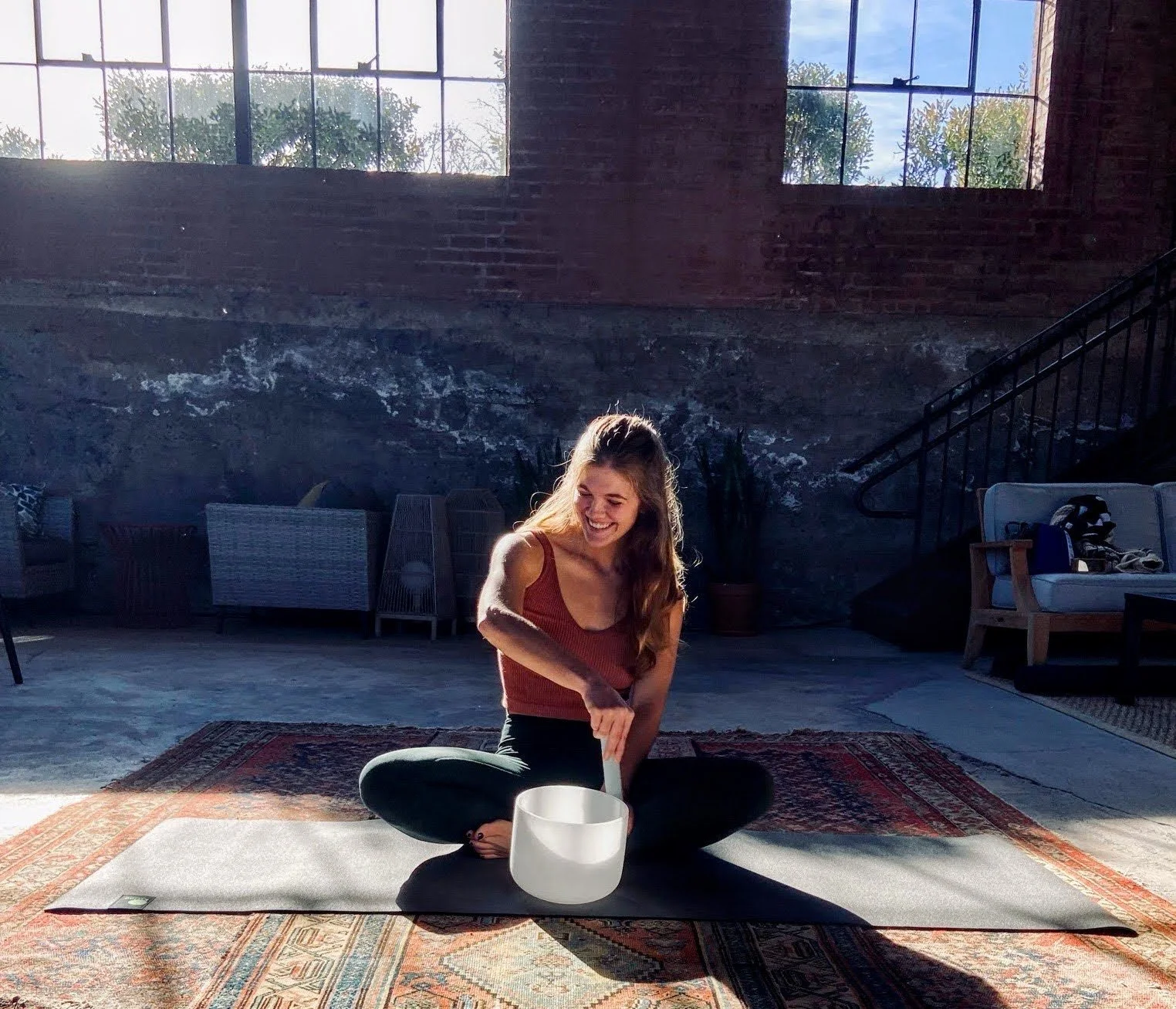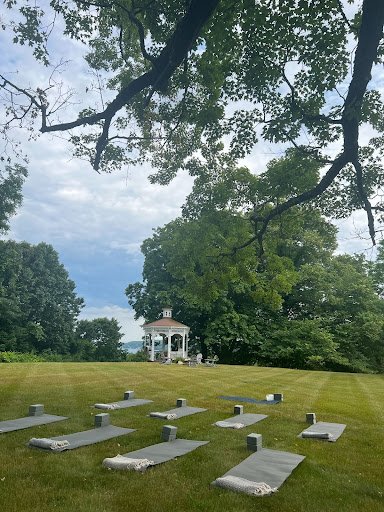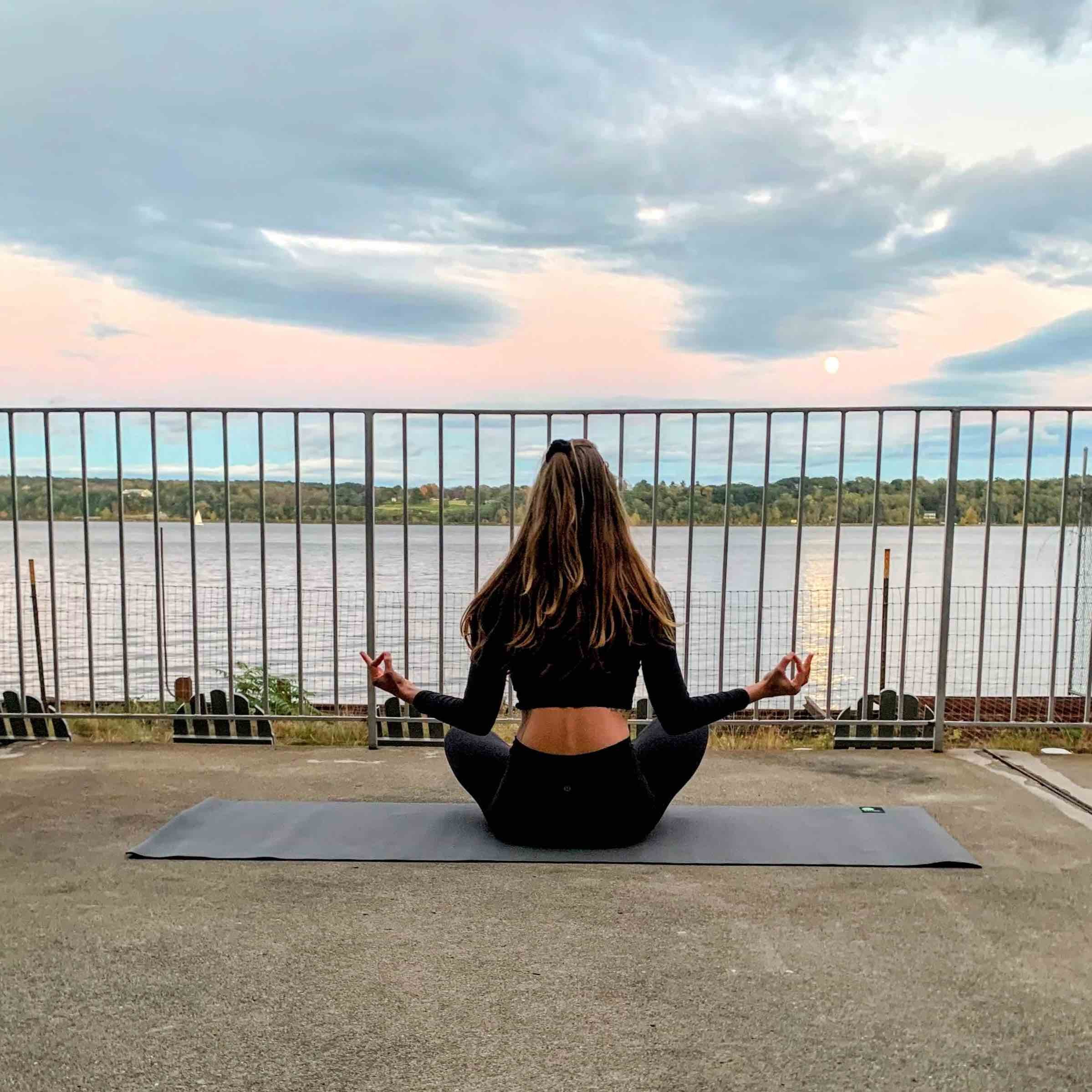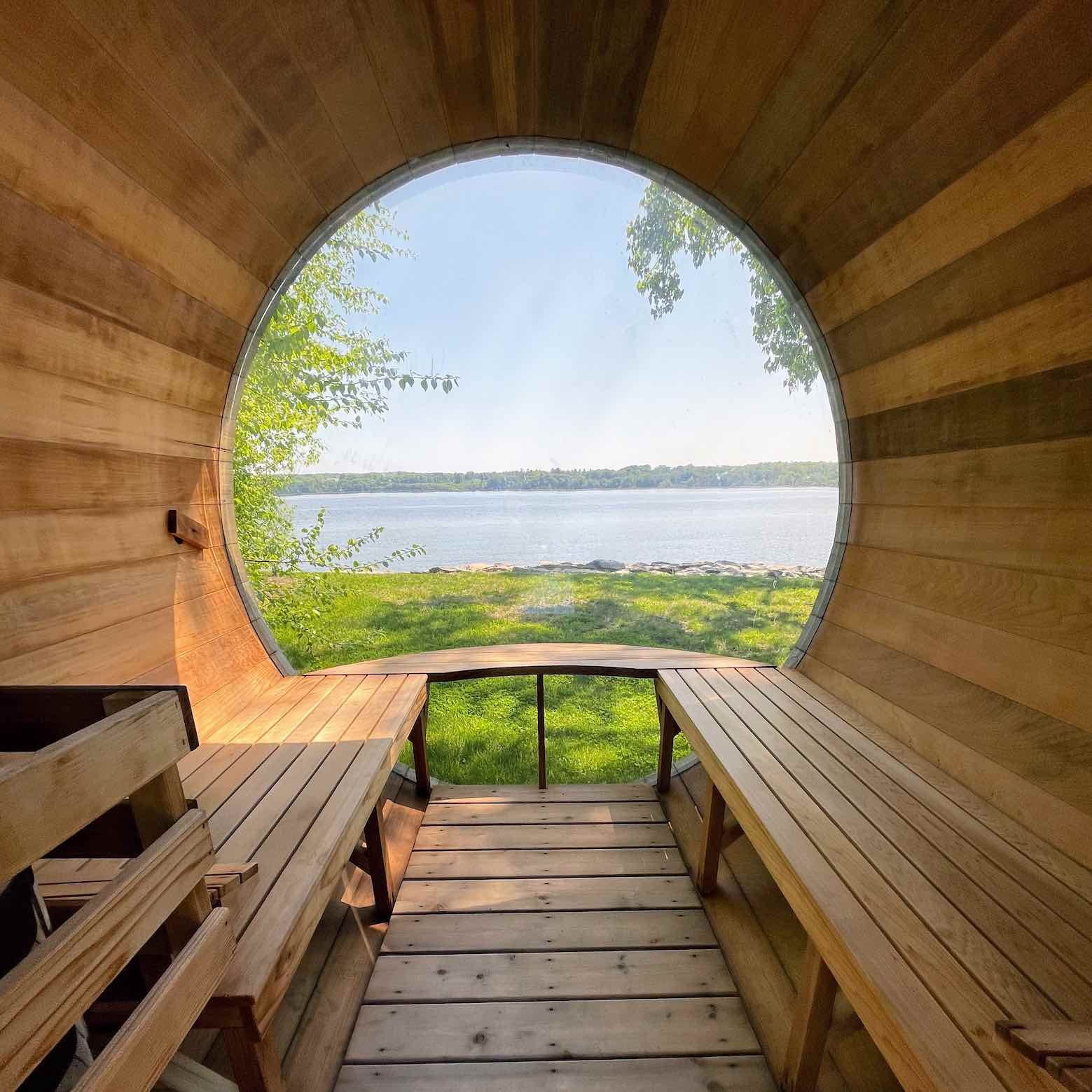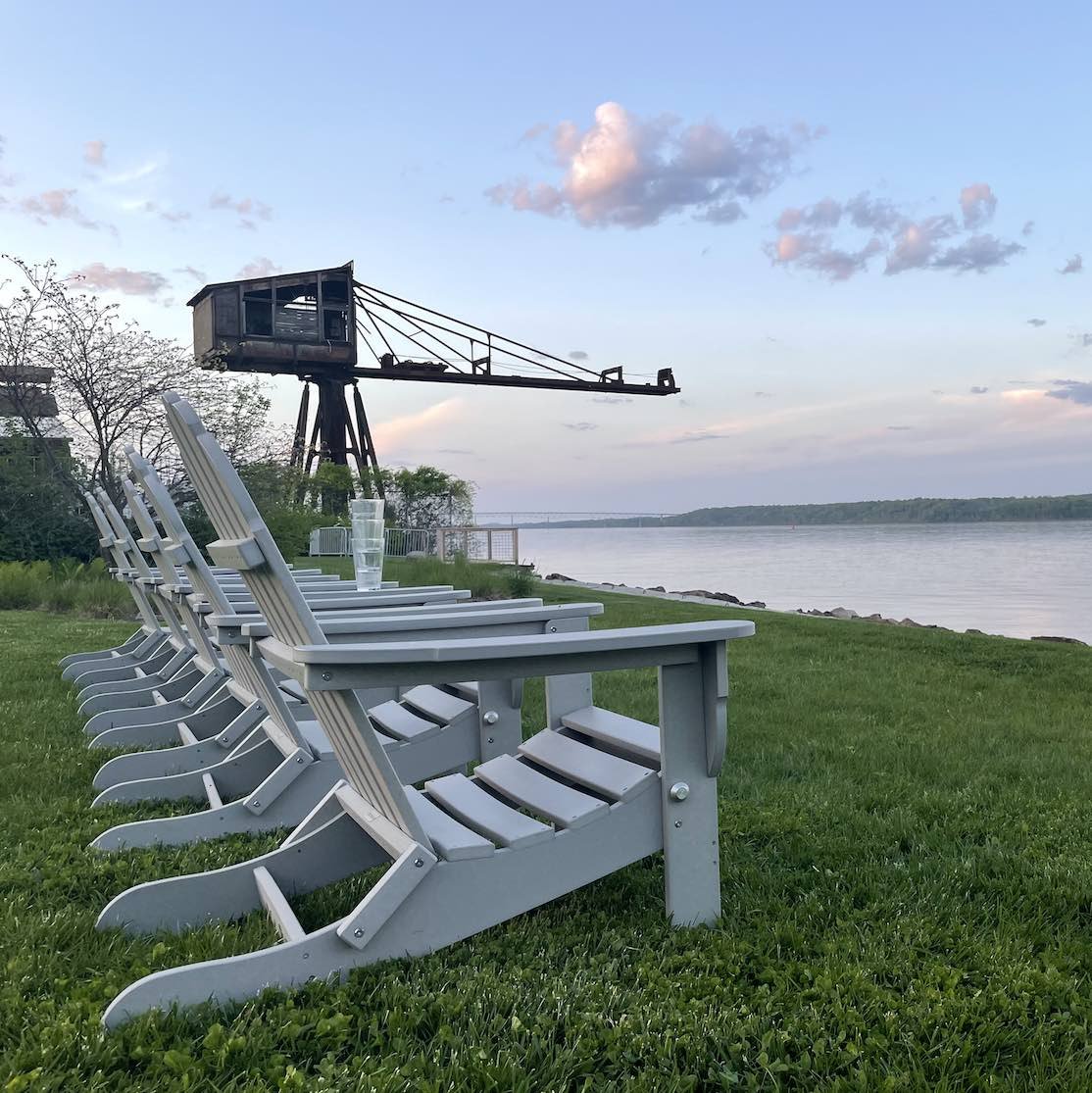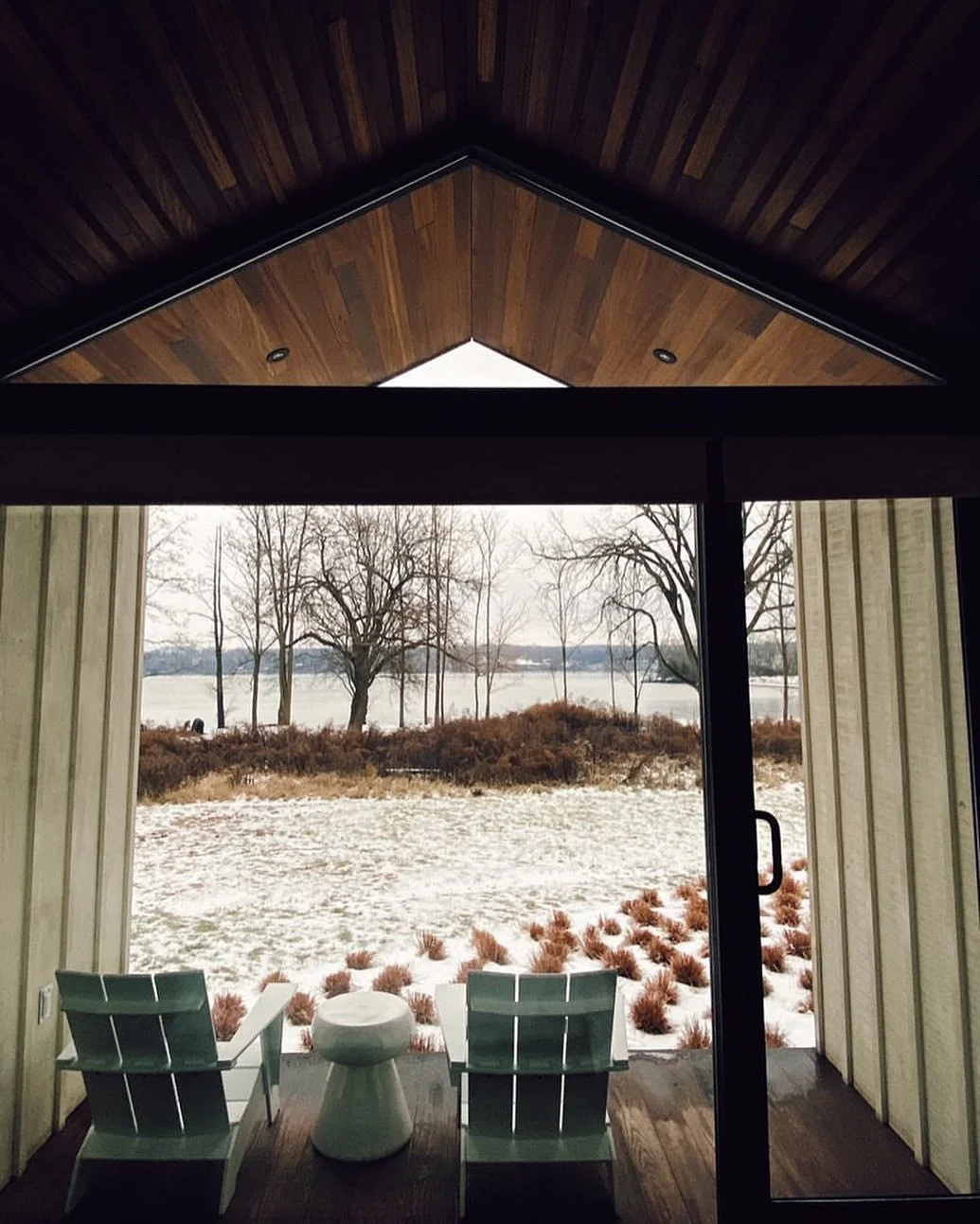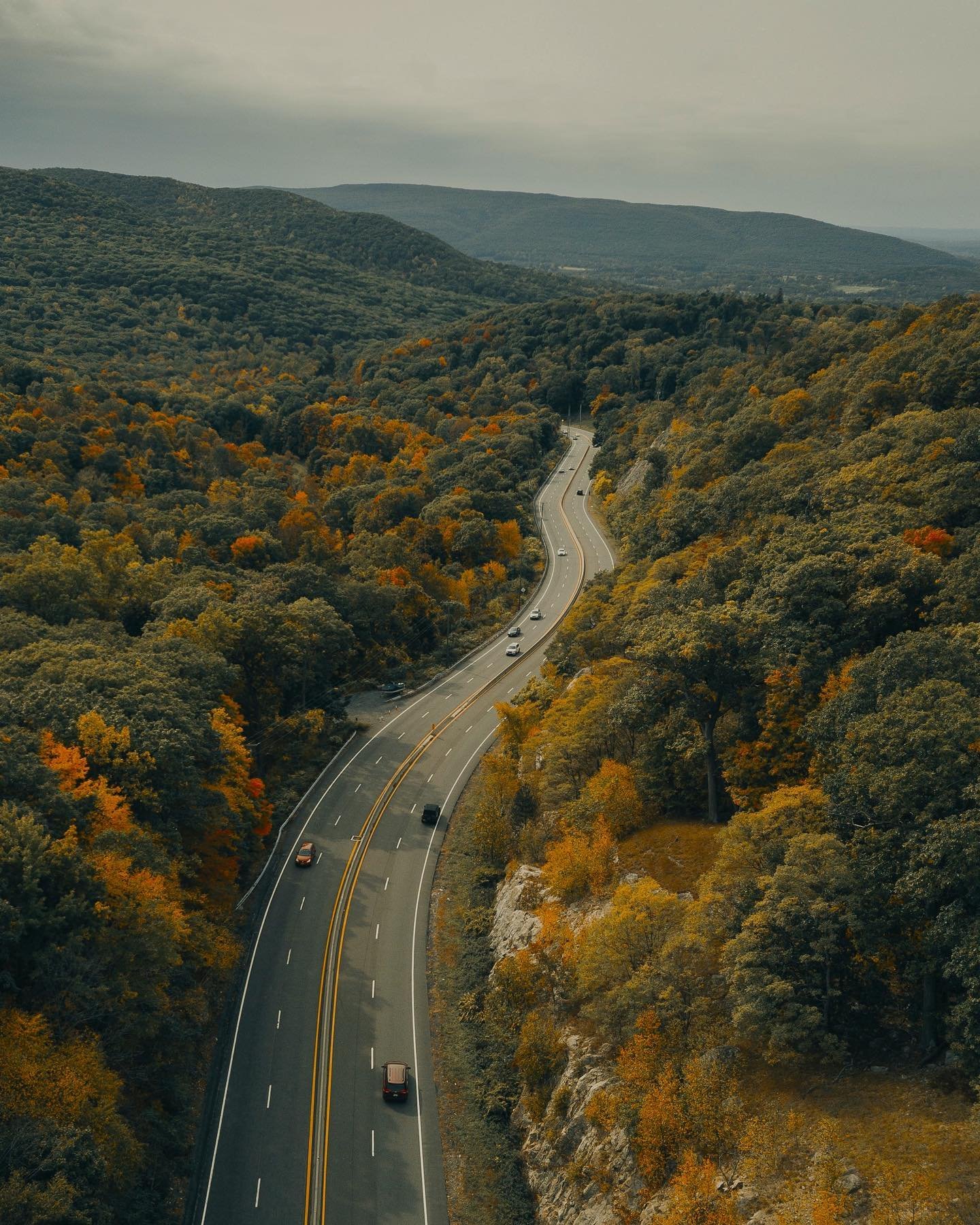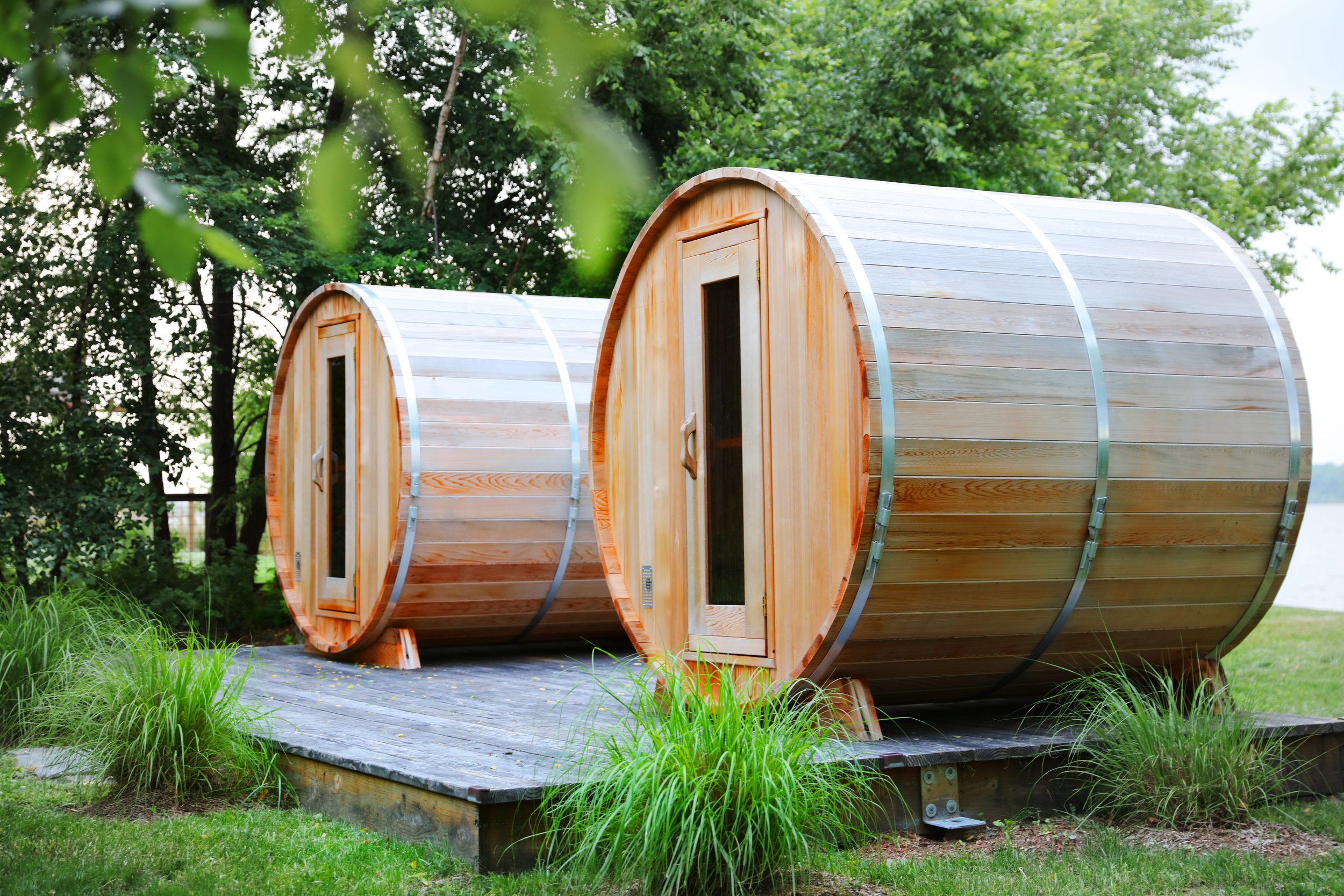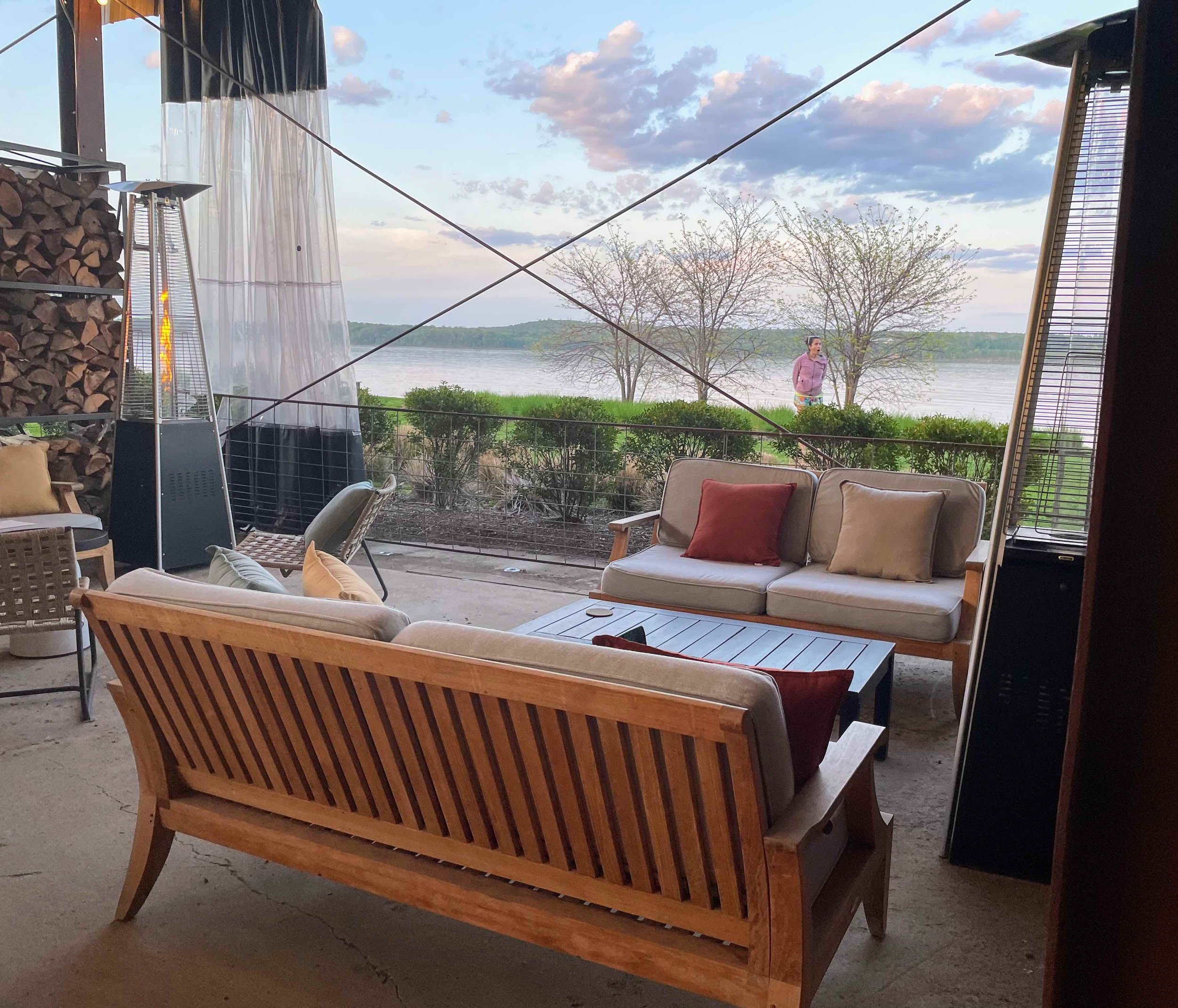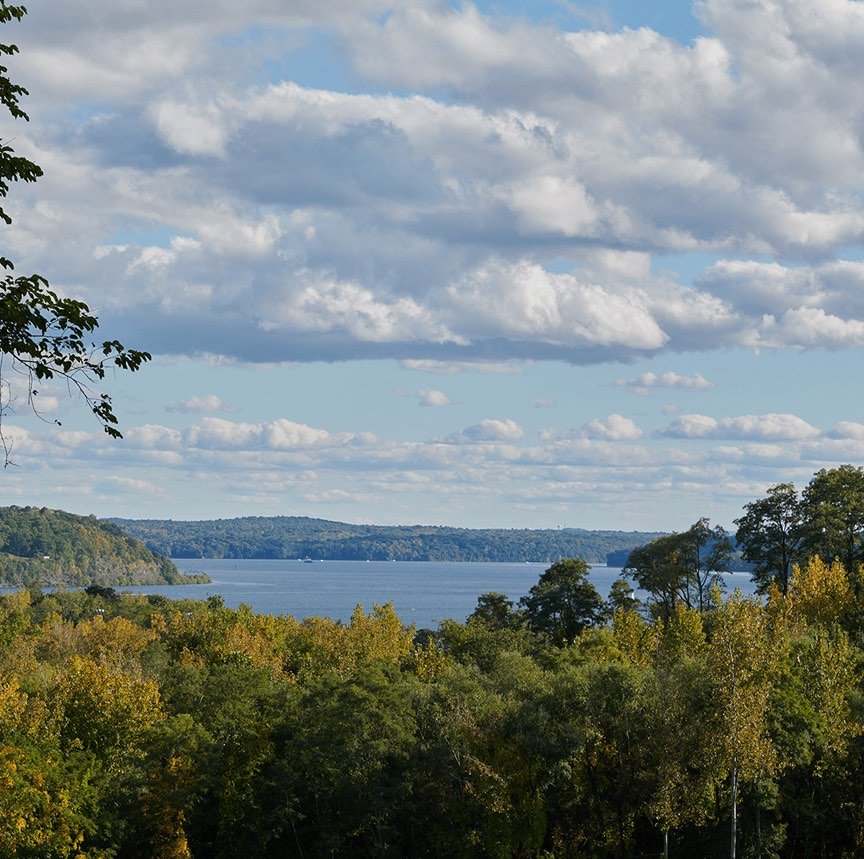Mindfulness Retreats: What to Expect and How to Pick a Venue
By Joey-Lynn Henderson
Table of Contents
Types of Retreats
Mindfulness vs Yoga
Why You Need to Leave Home & Office
What to Look for in a Mindfulness Retreat
1) Goals: What’s the purpose of the retreat?
2) Timing: which season?
3) Location & logistics
4) Beauty of natural surroundings
5) Size of space
6) Activities
7) Amenities
8) Good food
9) Leaders
10) Experience of attendees
As a mindfulness instructor, I’ve always been shocked by the level of unease individuals feel when stepping onto their mat for the first time. Here’s an opportunity to achieve inner calm and, instead, people are anxious, even scared, as if they're taking a surprise test or thrust into a public-speaking role. Well, it doesn’t have to be like that. As both a yoga student and teacher — and nature guide — in the Hudson Valley, I’ve seen how the mat can become your place of solace. The tricky part is finding the instructor and ideal retreat location that fits your needs.
Types of Retreats
All retreats have some things in common. Merriam-Webster defines the term as “a place of privacy or safety” and “a period of group withdrawal for prayer, meditation, study, or instruction under a director.” While retreats vary in day-to-day activities, one constant among them all is the recognition that we must leave our day-to-day space to gain a better perspective of our lives. How much time is needed? Retreats can last anywhere from a day to a week. Below are several popular types of retreats; instructors mix and match elements from each.
Mindfulness retreats: This is an overarching concept for a getaway that can include yoga, meditation, silence, coaching, nutritious eating, and spirituality. Participants may also go on nature walks, or visit spas that include saunas, massage, and facial treatments.
Yoga retreats: Guests learn how to focus on breathing during (or through) mindful movement and meditation and how the body impacts the mind — with the ultimate goal of achieving mind-body connection, creating a sense of calm.
Silent retreats: A subset of mindfulness whereby participants minimize talking, among other distractions, so as to focus on the feelings and thoughts within.
Corporate retreats: These offsite company events combine mindfulness, and maybe even yoga, with exercises, activities, instruction, and games that help co-workers build trust and a sense of oneness. Employees may learn teambuilding techniques and how to work in groups more effectively.
Adventure Retreats: Groups usually explore the outdoors with a leader who’s an expert in rock climbing, hiking, biking, kayaking, whitewater rafting, sailing, windsurfing, and/or other sports.
Digital Detox Retreats: This purposeful break from the typical workday delivers a mindfulness breakthrough once people break away from the onslaught of technology, email, cell phones, the internet, and social media.
Mindfulness vs Yoga
Both mindfulness and yoga retreats are designed to cultivate a sense of peace within one’s self. The goal is to develop awareness of body sensations, feelings and thoughts, and therefore be better able to handle times of stress and difficulty — creating positive emotions and attitudes.
The term yoga is derived from the Sanskrit word yuj meaning to join or to unite. While there are many different philosophies and styles of practice, some stricter than others, I believe any activity that creates mind, body, and soul union is a form of yoga. Mindfulness may not involve any physical activity or exercise, but still focuses awareness on the present while acknowledging thoughts, feelings, and sensations as they arise.
To clarify the difference, imagine a traditional yoga class. Two individuals could attend that same class and have vastly different experiences depending on their focus. Student A physically goes through the motions demonstrated by the instructor, but is mentally running through their to-do list, the latest workplace drama, and the negative news headlines that popped on their cell phone. Student B leaves the clutter and emotions of the day at the door of the studio. They take a few deep breaths while unrolling their mat and drop into the present moment. As their mind begins to wander throughout class, they bring their awareness back to the breath and sensations within their body.
By the end, one person leaves feeling peaceful and rejuvenated (student B), while the other (student A) rushes out as stressed as always. Both participated in a yoga class, but only one utilized mindfulness and experienced the mind-body-soul union that is yoga.
Why You Need to Leave Your Home and Office
It can be difficult to let go of normal thoughts in a racing mind when you’re surrounded by the usual reminders of stressors like work or household chores. This is why it’s best to go elsewhere for a break whether it’s a one-hour yoga class or a three-day retreat. With practice, “losing yourself” (in a good way) becomes easier to achieve and faster to access.
Forcing yourself to leave the home or office means you can’t skip the session or cut it short after just 15 minutes. It’s a necessary commitment. Chances are you need someone else to lead you out of your inner turmoil. It’s much harder to find the right path on your own.
What to Look for in a Mindfulness Retreat
Whether you’re planning a retreat for others or looking forward to attending a retreat that someone else planned, you should be aware of all the ways that retreats can differ. You’ll appreciate them more if you fully recognize what you’re getting. The key things to start with include goals, timing, budget, size of group, number of days, travel logistics, food, and the costs of any activities/classes/workshops.
1) Goals: What’s the purpose of the retreat?
Is this break in your regular workweek ultimately designed to enhance company productivity or is it about stress reduction on an individual basis? Are people arriving in groups from one place or attending on an individual basis? The larger the group, the more coordination is needed. This includes travel, flights, conference rooms, accommodations/rooms, and meals.
2) Timing: which season?
When planning or booking a retreat, be sure to consider the timing of what is happening in your own life and at the location itself. As either a host or an attendee, your energy will have a drastic impact on the overall experience. The weather will also affect the event. A retreat held in the Hudson Valley will feel quite different when the Catskill mountains are snow-capped versus when the wildflowers are blooming. As I was born and raised in the Hudson Valley, I can assure you both are stunning in their own right.
A view from inside a cabin at Hutton Brickyards during the winter season.
Also note: Some venues aren’t open in the winter. Others get booked up fast for weddings. So choose your season first and make plans as early as possible. Six months advance notice is an ideal minimum, though you can pull together a plan in less time.
3) Location & logistics
One major factor in planning retreats is travel time. How long does it take for people to get to the venue? Are we talking upstate New York or Fiji? Far-off destination or some place within driving distance?
Where I work, at Hutton Brickyards, the trip from NYC is under two hours by car. And it can be a beautiful drive, whether it’s spring blooms, radiant summer, or autumn leaves changing color. Better yet, there are two closer airports: Newburgh (SWF), which is 30.3 miles away and White Plains (HPN), which is 61.4 miles away — plus plenty of train stations between New York City and Hudson.
Need a spot for a winter retreat? That can be arranged. It depends largely on the size of the group. Hutton Brickyards has 31 cabins plus a mansion, a cottage, several meeting areas including pavilions that can hold thousands of people, all surrounded by outdoor space (Bob Dylan played here in 2017!). It’s got quite a history too: The historic brick factory, operated for more than 100 years (1865 to 1980), providing building materials for Yankee Stadium, the Cloisters, and the Empire State Building. The current owner restored the space, a few integral elements, including the three steel-frame kiln sheds and a Lidgerwood crane.
In less than two hours, you can escape the noise and intensity of a major city and recharge in a natural setting.
4) Beauty of natural surroundings
Sometimes a stunning venue is near the water or mountains or park. Other times, it’s embedded in natural surroundings and has its own outdoor private playground. At Hutton Brickyards, there’s a kind of solitude that feeds into the introspective nature of a mindfulness retreat. Having individual cabins as opposed to a standard hotel layout encourages going inward. And after spending the day gathering in group workshops and classes, guests can appreciate the seclusion of heading back to a private cabin along the river. This provides the ideal scenario to process and decompress.
Looking out at the Hudson River as the sounds of nature fill the air provides a sense of calmness and clarity only mother earth can create. While walking through the resort, it’s evident the property was designed to integrate with the natural environment rather than replace it. Much of the original brickyard architecture has been preserved (huge humbling spaces) and the modern cabins were thoughtfully built throughout the landscape —some with fire-pits nerby and decks with Adirondack chairs.
One of many fire pits at Hutton Brickyards.
5) Size of space
Tally the number of guests attending the retreat before you do your research. Availability of rooms trumps all other concerns. If you want the option of having nature as your backdrop, too, look for venues that have vast stretches of land. Hutton Brickyards encompasses 72 acres with both wooded and waterfront areas. Additionally, it’s bordered by Sojourner Truth State Park, which includes over 500 preserved acres of land with the NYS Empire Trail connecting the two areas. The flourishing riverside ecosystem provides the perfect setting for guided nature walks, yoga classes, and any other wellness activity.
Although gathering in a group for an extended period of time can get tiresome, the abundance of different spaces in which to gather provides fresh energy for each segment of the day. When the evening arrives, there’s another new space to explore. For example, the onsite eatery is an open-air waterfront restaurant that offers fine dining and drink options worth writing home about. Within five minutes of walking, you can reach the Hudson River, outdoor workout equipment, giant pavilions, saunas, or cabins.
In fact, when I led a class for a retreat held at Hutton Brickyards earlier this year, one of the organizers’ first words as she stepped onto her mat were, “I love hosting in settings like this, nature does all the work for you!”
Two saunas sit riverside at Hutton Brickyards.
6) Activities
Everyone needs to know how many activities are planned, how much time is given between them, and how much free time is granted. Some popular activities include yoga, nature walks, Pilates, hiking, biking, beach trips, and water sports. Hutton Brickyards also offers archery, an apiary, lawn games, sleds, snowshoes, and more.
In their free time, guests can also enjoy the waterfront saunas, visit historical sites, go apple-picking, soak up a sense of place at local wineries and distilleries, or inquire about other restorative experiences (massage anyone?). The not-intuitive rule here is to book less programming than you might think and leave more free time. Folks still gotta deal with existing workloads and family responsibilities.
7) Amenities
The ideal space to book has wi-fi, an onsite restaurant, in-room coffee machines, great views, mini-fridges, and in-room safes. At Hutton Brickyards, in addition to all of this, some cabins come with a turntable, vinyl records, and Bluetooth speaker. For larger productions, you might check to see if the venue you want offers a ceremony area, a dressing room, handicap-accessible rooms, and liability insurance.
8) Good Food
People will look forward to the food, they’ll talk about the food, and they’ll remember it if it’s especially good or bad. It’s literally the fuel that carries the energy of the retreat. At Hutton Brickyards, the menus feature locally sourced ingredients sourced from nearby farms and producers. And at the River Pavilion, right on the riverfront, they cook with wood-burning ovens
9) Leaders
Most corporate retreats are booked by someone from the visiting company. They may opt to hire someone they’ve used before or someone who comes recommended by the venue (you can always ask about local caterers too). Individuals, too, can book with a retreat leader they know and trust — or research options based on location, price, and online reviews. Just remember that no matter how a leader is selected, they will be directing the experience and shaping the energy of the group. So don’t hesitate to request a brief discovery call to make sure the leader and attendees are a good fit.
10) Experience of attendees
Be mindful of the fact that some people have been to dozens of retreats and others have never been. Even within one company, an experienced HR team may be veterans of team-building, while the folks in accounting haven’t mixed in person beyond the snack room. Know your audience before you shape their time. There’s no reason for anyone to be fearful.
Joey-Lynn Henderson (pictured at top) is a mindfulness instructor, registered yoga teacher, NYS licensed hiking guide, and writer. She works at both Hutton Brickyards in Kingston, NY, and local nonprofit United We Om.

